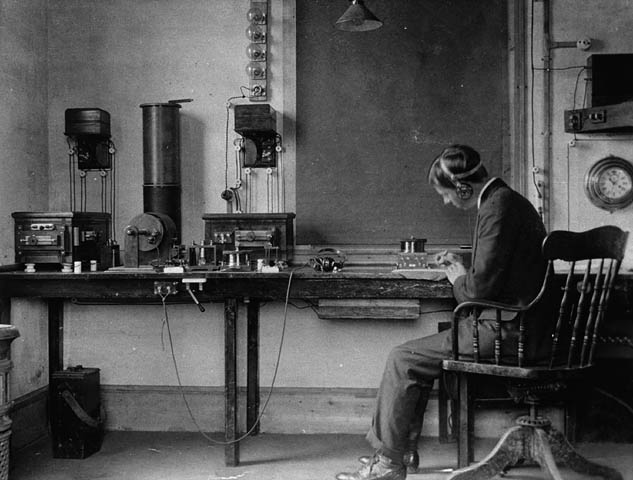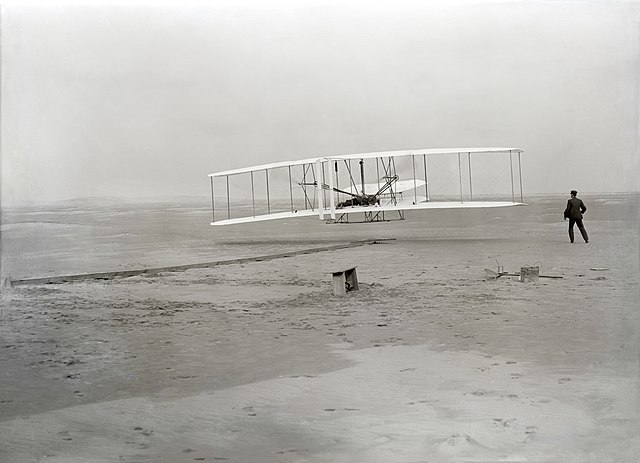1900s
The early 1900s were a time of great change. They marked the end of the Victorian era and the beginning of a new century. Following the death of Queen Victoria in 1901, her son, Edward VII became king. The Edwardian era lasted from 1901 to 1910, although some people consider the years leading up to the beginning of World War I in the following decade to also be part of the Edwardian era. There were some abrupt shifts in culture with the First World War and the period afterward that make the early 1910s seem culturally closer to the early 1900s.
Populations had already started shifting from the countryside to the big cities, and factories were increasing production of consumer goods. New technological developments were changing people’s lives. People were generally optimistic about the future and changes in their lives. “Progress” would be a good way to describe what many people were looking for and what they prided themselves on achieving. Society still had its problems, but life was improving in many ways, and people involved with social movements were pressing for further change. Some of the changes they wanted would still be a long time coming, there was a sense that society as well as technology could improve, that it was just a matter of time and effort. The “Progressives” were pushing for reforms like women’s suffrage, a minimum wage, and other labor laws, such as safety regulations and limits on child labor.

From Wikimedia Commons
(Considered public domain in the United States and Canada)
Some of the technological advances of this era were continuations and refinements of earlier technological developments. Some people were already starting to use electric lights, although, particularly in rural areas, many were still using oil lamps. However, people knew that electricity was the future, and inventors were developing new uses for electric power, including electric typewriters. Inventors were already working on different types of batteries, which would be used increasingly throughout the century. Marconi developed his first successful transatlantic radio transmission, although it would be years before the transmissions really became reliable. Some people were driving automobiles, but cars were still a luxury item that not everyone could afford. Horses were still a significant source of transportation. The Wright Brothers were working on and flying their first airplanes. New, cheaper cameras, like the Brownie, were allowing more people to take up photography as a hobby, giving us more a glimpse of what ordinary people were like at this time.

From Wikimedia Commons
(Considered public domain in the United States and Canada)
Daily Life During The 1900s
At the beginning of the decade, there were 45 states in the United States, and Oklahoma was added in 1907. Arizona and New Mexico would remain territories until 1912, still growing out of their “Wild West” image.
Women
Describes the lives of women and women's social issues.
Children
Describes the lives of children, their education, and children's books.
Entertainment
Describes popular forms of entertainment, including music, movies, and books for adults.
Resources
Books
Evert, Jodi; Polly Athan; and Susan Mahal. Samantha's Cook Book. 1994.
This is a nonfiction companion book to the Samantha, An American Girl children's fiction series, which takes place in 1904. A section at the beginning of the book explains how shortages and rationing during the war changed the way that people shopped for food and cooked. The cookbook is divided into sections for different meals. You can read it through Internet Archive.
General Websites
The People History: 1900 to 1909
Timeline of major events.
Major events and developments.
The World of the Edwardian Child
About the lives of children during the early 1900s and the level of knowledge that was discussed in their literature, as shown in the Children's Encyclopaedia, including the understanding of science that existed at the time and how men and women and differences in racial and social classes were portrayed.